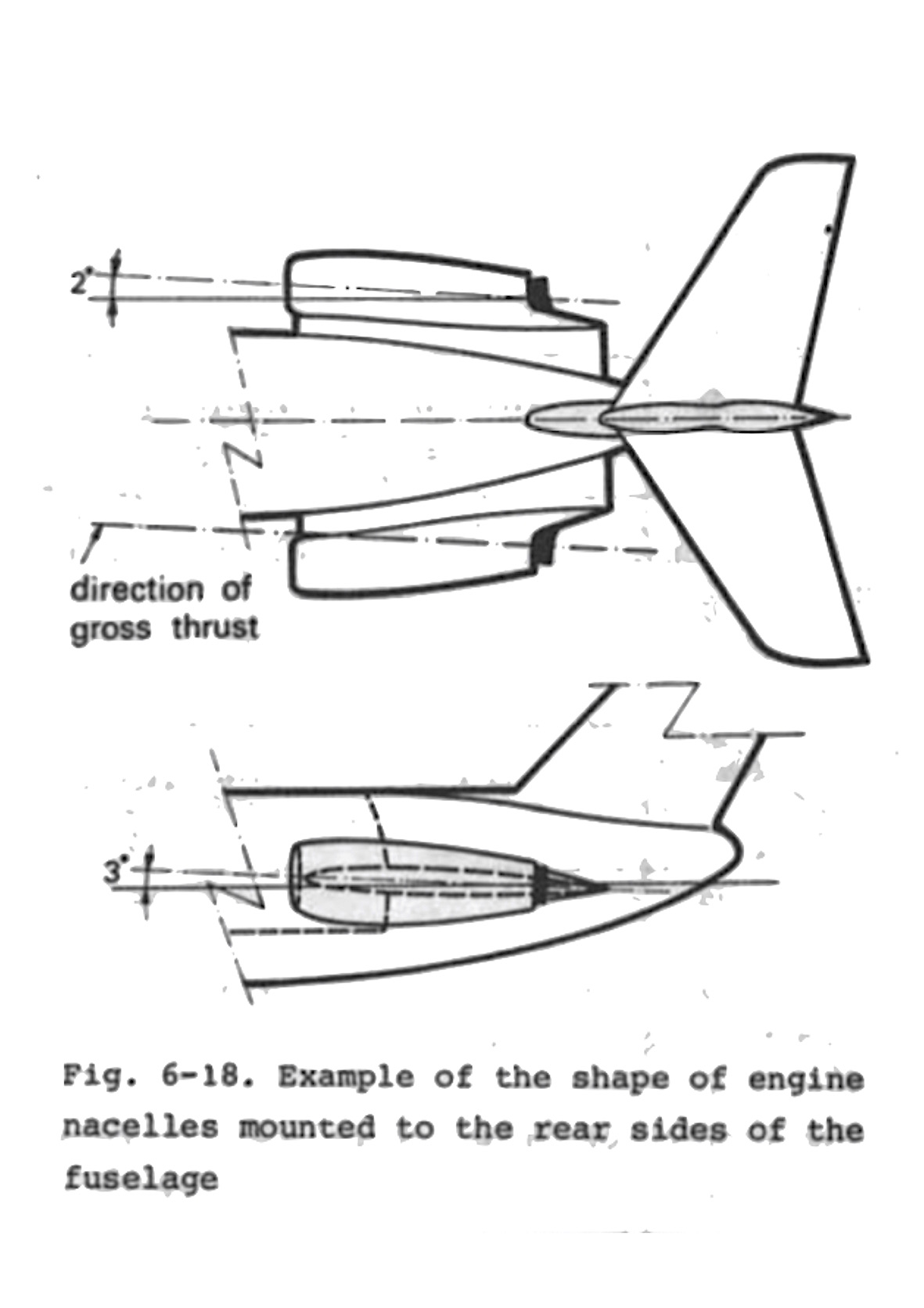I was thinking that if you made the engines generate lift it might help a tiny bit with the amount of time to takeoff, and thus lowering runway lengths.
-
7$\begingroup$ if you mean helicopters, they are already invented ;-) $\endgroup$– szulatCommented Oct 27, 2017 at 21:38
-
$\begingroup$ For the complexity it will need to help more than "a tiny bit". There are also safety issues... what happens if there's an engine failure? Can the plane still climb safely? $\endgroup$– foootCommented Oct 27, 2017 at 21:40
-
2$\begingroup$ that's called "short tale off", as in STOVL. google that if you don't know what that means $\endgroup$– user3528438Commented Oct 27, 2017 at 22:33
-
4$\begingroup$ short answer is that wings are really good at generating lift. Look up "lift to drag ratio". It can be 10 - 20. Which means for every 1 pound of thrust generated by the engine, you get 10 - 20 pounds of lift. So you let the wings do what they are good at (generating lift) and you let the engines do what they are good at (generating thrust). That is the most efficient design. $\endgroup$– Daniel KCommented Oct 28, 2017 at 2:00
1 Answer
Good thought, and it does happen. Tilt the jet exhaust or propeller downwards at a shallow angle $\phi$, and there is lift created at sin $\phi$ while thrust is reduced by cos $\phi$. If we take small angles, let's say 3 degrees:
- $\Delta L$ = T $\cdot$ sin(3°) = 0.052 T
- $\Delta T$ = T $\cdot$ cos(3°) = 0.9986 T
So 5.2% of engine thrust is converted into lift, for a loss of 0.14% of horizontal thrust. Free lift! Slight angles like this are found in aircraft installations, for instance in tail mounted jet engines which are angled horizontally to reduce yawing angle with a failed engine.
With engines mounted underneath the wing,the downwards pointed thrust would help a tiny bit in lift and reduce the take-off length. As @mins points out, with tail mounted engines the nose down pitching moment may counteract the lift benefits.
-
$\begingroup$ That happens too, and quite clearly, in present-day, light pusher autogyros, where, in slow flight, the angle between the horizontal and the propeller axis can reach 20º and sometimes even more... $\endgroup$– xxavierCommented Oct 27, 2017 at 23:07
-
$\begingroup$ Ah yes and then the propeller helps with the CG management. $\endgroup$– KoyovisCommented Oct 28, 2017 at 3:27
-
1$\begingroup$ You haven't told whether this vertical lift at the tail has an impact on required takeoff length and takeoff time. It seems this vertical lift is acting against elevators during takeoff, and maybe the takeoff is longer. $\endgroup$– minsCommented Oct 28, 2017 at 8:18
-
$\begingroup$ @mins The moment arm of the horizontal tail is longer, net thrust is still up :) $\endgroup$– KoyovisCommented Oct 30, 2017 at 3:34
-
$\begingroup$ Well, it's not "free" lift, because 1) pushing tail up and nose down generates trim drag, and 2) thrust lost to forward propulsion needs to be multiplied by the L/D ratio to see how much lift could be gained if the thrust were used for forward propulsion. $\endgroup$ Commented Mar 18, 2023 at 19:00

